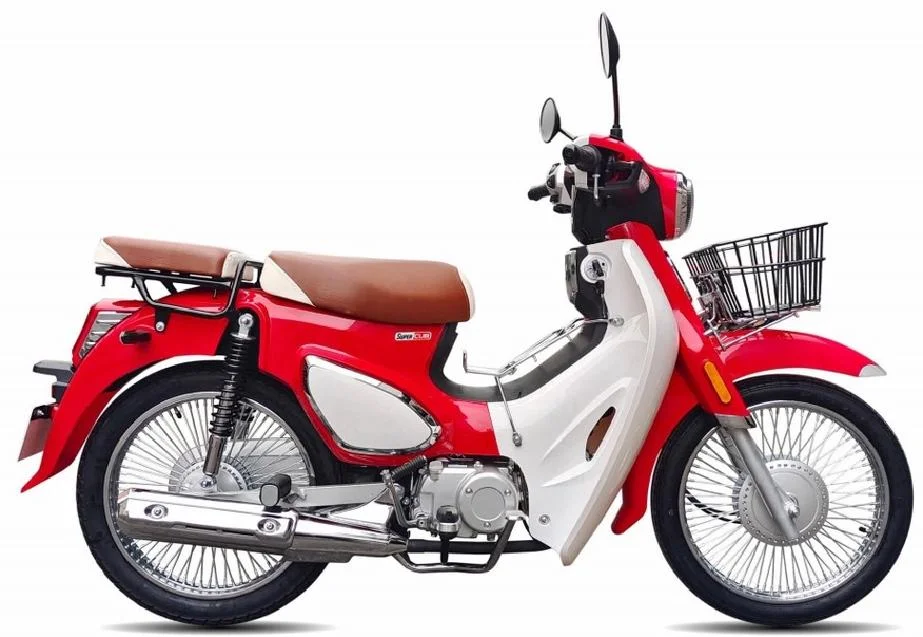Exploring the Most Economical Modes of Transportation: A Comprehensive Guide
In an era where sustainability and cost-effectiveness are paramount, understanding the cheapest forms of transport has become increasingly relevant. Whether you are a budget-conscious traveler, a daily commuter, or someone interested in reducing your carbon footprint, exploring various transportation options can lead to significant savings and environmental benefits. This article delves into the most economical modes of transport, evaluating their costs, benefits, and practical applications.
- The Cost of Transportation: An Overview
Transportation costs can vary widely based on several factors, including distance, mode of transport, and geographic location. Understanding these variables is crucial for identifying the most economical options. According to the Bureau of Transportation Statistics, personal vehicle ownership can be one of the most expensive forms of transport when considering fuel, maintenance, insurance, and depreciation. In contrast, alternative modes can offer significant savings.
- Walking: The Ultimate Free Transport
Walking is undoubtedly the cheapest form of transport available. It requires no financial investment, promotes physical health, and has zero environmental impact. For short distances, walking not only saves money but also allows individuals to engage with their surroundings more intimately. Urban planners increasingly recognize the importance of walkable cities, which can enhance community interaction and reduce reliance on motorized transport.
- Bicycling: A Cost-Effective and Eco-Friendly Option
Bicycling is another economical mode of transport that combines affordability with health benefits. The initial investment in a bicycle can be modest compared to the ongoing costs associated with car ownership. Once acquired, maintenance costs are relatively low, and cycling can significantly reduce commuting expenses. Moreover, bicycles produce no emissions, making them an environmentally friendly choice.
3.1 Cost Breakdown of Bicycling
- Initial Investment: A decent bicycle can range from $200 to $1,000, depending on the type and quality.
- Maintenance: Regular maintenance costs can be as low as $50 annually.
- Operational Costs: Unlike cars, bicycles do not require fuel, and insurance is often optional.
- Public Transportation: A Budget-Friendly Alternative
Public transportation systems, including buses, trains, and subways, offer a cost-effective alternative to personal vehicles. The affordability of public transport varies by city, but many urban areas provide subsidized fares, making it an attractive option for daily commuters.
4.1 Advantages of Public Transport
- Cost Savings: Monthly passes can significantly reduce commuting costs, often averaging between $70 to $150, depending on the city.
- Reduced Traffic Congestion: Public transport can alleviate road congestion, leading to shorter travel times for all commuters.
- Environmental Impact: Buses and trains can carry many passengers simultaneously, reducing the per capita emissions compared to individual car travel.
- Carpooling and Ridesharing: Sharing the Costs
Carpooling and ridesharing services like Uber and Lyft can also be economical, especially for those who do not need to travel alone. By sharing rides, individuals can split costs, making it a more affordable option than driving solo.
5.1 Cost Analysis of Carpooling
- Fuel Savings: Sharing a ride can cut fuel costs by half or more.
- Parking Fees: Carpooling can reduce the number of vehicles needing parking, potentially lowering parking fees.
- Convenience: Many ridesharing apps offer competitive pricing, especially during off-peak hours.
- Electric Scooters and E-Bikes: The New Wave of Urban Mobility
In recent years, electric scooters and e-bikes have emerged as popular and economical transport options in urban areas. These modes of transport are often available for rent through various apps, making them accessible without the need for ownership.
6.1 Cost Considerations
- Rental Fees: Typically range from $1 to $3 to unlock, plus a per-minute charge.
- Environmental Benefits: E-scooters and e-bikes produce significantly lower emissions compared to traditional vehicles.
- Conclusion: Choosing the Right Mode for You
Ultimately, the cheapest form of transport will depend on individual circumstances, including distance, location, and personal preferences. Walking and biking stand out as the most cost-effective options, while public transport and ridesharing provide affordable alternatives for longer distances. As urban areas continue to evolve, the integration of various transport modes will play a crucial role in promoting sustainable and economical travel.




